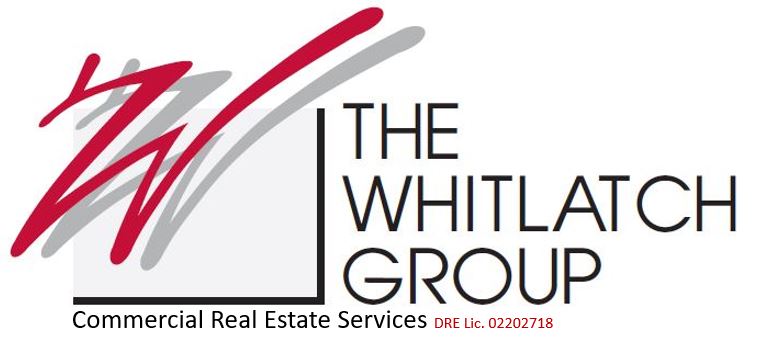The Valley
Valuable Information for Commercial Real Estate Investors
The San Joaquin Valley in the heart of California is the state’s top agricultural producing region, sometimes called “the nation’s salad bowl” for the great array of fruits and vegetables grown in its fertile soil. The region is bordered on the west by the coastal mountain ranges. Its eastern boundary joins the southern two-thirds of the great Sierra Nevada mountain range, which features Yosemite, Kings Canyon, and Sequoia National Parks.
Counties, Cities, Population
Eight counties comprise the San Joaquin Valley, including Kings County; most of Fresno, Kern, Merced, and Stanislaus counties; and portions of Madera, San Luis Obispo, and Tulare counties. This growing region is the third most populous out of ten regions. The largest cities are Fresno, Bakersfield, Modesto, and Stockton. Some of California’s poorest cities are Fresno, Kern, and Tulare counties. At its northern end, the San Joaquin Valley borders the southern end of the Sacramento Valley. To the west, south, and east, the region extends to the edges of the valley floor.
Native peoples include the Mono and Yokut tribes. Native lands include the Tule River Indian Reservation in Tulare County, Cold Springs Rancheria, Table Mountain, Big Sandy reservations in Fresno County, and Santa Rosa Rancheria in Kings County.

Interstate and Highways
Interstate 5 and State Highway 99 are the major north-south routes that run the entire length of the valley. Other main routes include State Highways 33, 41, 43, 65, 132, 140, 178, 180, and 198.
Major Industries
The San Joaquin Valley is California’s leading agricultural producing region, and five of its counties – Fresno, Kern, Tulare, Merced, and Stanislaus – rank among the state’s top 10 counties in farm production value. Oil and gas also are essential industries in the San Joaquin region. The deepest wells and about half of the largest oil fields are found in Kern County, as is the Elkhorn Hills Naval Petroleum Reserve. Geological studies indicate that Kings County may have a more significant reserve of Monterey shale beneath its surface than North Dakota. Lemoore Naval Air Station is in Kings County, home to the Pacific Strike Fighter Wing. Many other companies make their headquarters in the valley, including manufacturing industries, and like the central location for shipping purposes.
Tourist Attractions
Those living in the Central Valley find plenty to do, from fine restaurants to world-class entertainment and unique events. The World Ag Expo in Tulare County is the largest agricultural exposition in the world, annually bringing in over 100,000 people over three days. However, the largest influx of visitors comes from drive-through tourists — folks traveling through the valley to major cities like San Francisco, Los Angeles, and Sacramento. Or maybe they are heading west to the beach or east to Yosemite. While driving through this great valley, they stop, eat, drink, and sleep overnight, bringing valuable income into the economy.
Climate and Geography
Well-suited for farming, the San Joaquin Valley is hot and dry in summer with long, sunny days. Winters are moist and often blanketed with heavy fog. The broad, flat valley is ringed by the Diablo and Coast Ranges on the west and the Sierra Nevada foothills on the east. Habitat includes vernal pools, valley sink scrub and saltbush, freshwater marsh, grasslands, arid plains, orchards, and oak savannah. The growth of agriculture in the Central Valley has converted much of the historic native grassland, woodland, and wetland to farmland.
The major river is the San Joaquin, with tributaries of the lower Stanislaus, Tuolumne, Merced, and Fresno rivers. The southern portion of the valley includes the Kings, Kaweah, and Kern rivers, which drain into closed interior basins. No significant rivers or creeks drain into the valley from the Coast Range. The California Aqueduct extends the entire length of the Central Valley.

Flora and Fauna
Historically, millions of acres of wetlands flourished in the region, but stream diversions for irrigation dried up all but about five percent. Precious remnants of this vanishing habitat are protected in the San Joaquin Valley in public parks, reserves, and wildlife areas. Seasonal wetlands are found at the Kern National Wildlife Refuge west of Delano, owned by the U.S. Fish and Wildlife Service. They attract a variety of ducks, shorebirds, and songbirds, as well as peregrine falcons.
The Tule Elk State Reserve west of Bakersfield, owned by the state Department of Parks and Recreation, features the habitat of the tule elk — natural grassland with ponds and marshes. The reserve sustains four endangered species: the San Joaquin kit fox; blunt-nosed leopard lizard; San Joaquin antelope squirrel; and, the Tipton kangaroo rat. It also includes the threatened plant Hoover’s woolystar and other rare species, such as the western pond turtle, tricolored blackbird, and the northern harrier hawk.
Commercial Investors
For more information, please feel free to contact us anytime.
